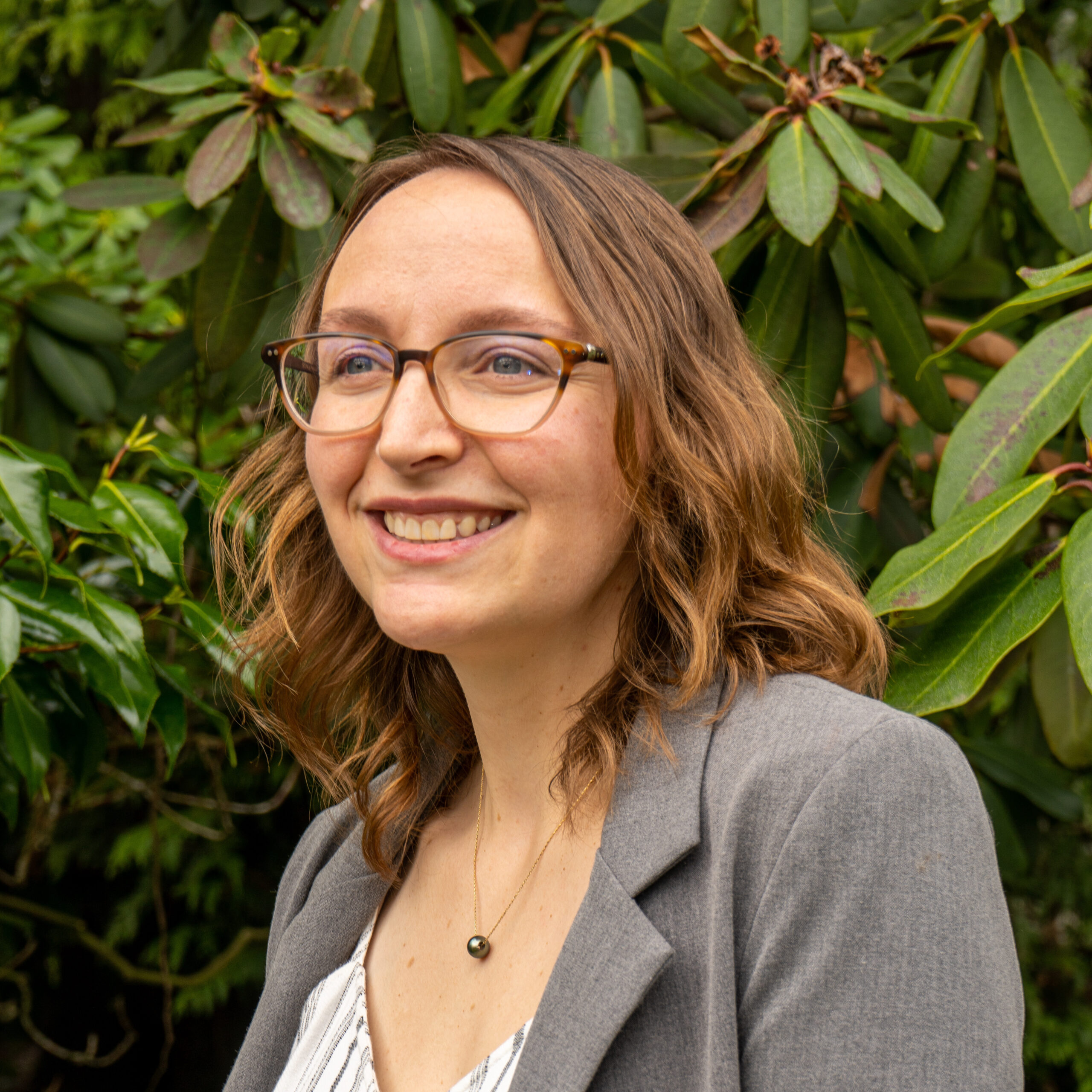Average Medical School Debt
Writer
Editor & Writer
Editor & Writer
Writer
Editor & Writer
Editor & Writer

Data Summary
-
Each year, thousands of medical school students graduate with roughly $3 billion in total student loan debt.Note Reference [1] -
In 2023, the median medical school debt was $200,000.Note Reference [2] -
Borrowers with medical school debt may take 20-25 years to repay federal loans in income-driven repayment (IDR) plans.Note Reference [1] Some doctors may repay student loans in less time. -
Medical specialty (e.g., surgery, family medicine, radiology, etc.) can influence the average time to pay off medical school debt.Note Reference [1] -
But, debt does not influence most medical students' specialty choice.Note Reference [2] -
Medical school debt is highest and most common among Black med school graduates.Note Reference [1] -
Medical school debt is higher and more common among low- and middle-income students.Note Reference [1]
Medical school can cost a quarter of a million dollars or more. Students can rarely afford to pay without taking out student loans.
While doctors can end up making a lot of money, many still spend over a decade in debt. And doctors who come from less wealthy families face the highest debt levels.
This report dives into the typical medical school debt and the average time to pay off medical school debt, plus factors that make a difference in the amount of debt doctors owe.
Medical School Debt Statistics
The Association of American Medical Colleges (AAMC) surveys nearly 17,000 medical school graduates each year, representing roughly 80% of all medical school graduates. Most of the data in this report comes from these surveys.
- Each year, about 75% of medical students borrow federal student loans, amounting to roughly $3 billion borrowed per year.Note Reference [1]
- In 2023, 68% of medical school graduates had student loan debt for medical school.Note Reference [2]
- The median amount owed was $200,000.Note Reference [2]
- 31% of medical school graduates also owed student debt from before medical school.Note Reference [2]
Did You Know...
There's more than one way to start a rewarding career in healthcare.
Physicians must complete four years of medical school after earning their bachelor's degree. Then, they spend several years in post-graduate training — called residency — before they can practice in their specialty.
But there are many careers in healthcare and nursing that require less time and money than medical school. For example:
- A bachelor's in healthcare administration prepares students to manage people and processes in medical settings.
- Bachelor's in nursing programs enable you to work alongside doctors and pursue a master's in nursing if you desire.
- Medical assistant associate programs provide a fast path to working with patients in medical settings. These degrees typically take just two years.
Medical School Debt Over Time
- The median medical school debt has increased 25% since 2009Note Reference [1], Note Reference [2], which is less than inflation in the same period (42%).Note Reference [3]
- The percentage of medical school graduates who have debt has dropped 19 percentage points since 2009.Note Reference [1], Note Reference [2]
Did You Know...
The government used to offer subsidized loans to graduate students, including medical students, which helped borrowers save money on interest while they were still in school.
That program ended in 2012.Note Reference [4] Today's medical students rely on unsubsidized loans, which accrue interest while they are in school.
A lack of subsidized federal loans can discourage students from taking out loans. And students without generational wealth or large scholarships often can't afford medical school without loans. (By the way, most students receive under $25,000 in scholarships.Note Reference [2])
Average Time to Pay Off Medical School Debt
- The standard federal student loan repayment time is 10 years.Note Reference [5]
- Due to the size of most medical school debts, students may enroll in an income-driven repayment plan (IDR). IDR plans can last 20-25 years.Note Reference [6]
- Physicians typically make a lot of money (over $220,000 a year)Note Reference [7], but only after 3-8 years of earning relatively smaller incomes as a resident ($60,000-$90,000).Note Reference [8]
The AAMC offers scenarios of how medical school graduates can lower their loan payments during residency. These terms depend on the repayment plan, how long a medical school graduate spends in residency, and how much they end up earning in their field. Here's a summary of four options:Note Reference [1]
Example 1: A primary care doctor takes 20 years to repay loans on an IDR plan.
Let's say a primary care resident enrolls in an IDR plan. We'll assume they have the median amount of medical school debt and earn median incomes in their residency and professional practice.
They would make monthly payments of $320-$370 for the 3 years of their residency. As a full-fledged physician, they would make $1,600-$2,500 monthly payments for the next 17 years, until the remainder of their loan is forgiven.
Including their initial loan amount plus interest, they would pay $416,000 over 20 years.
Example 2: A non-surgical specialty doctor takes 15 years in IDR.
These specialty doctors typically earn higher incomes after residency than primary care physicians. So, they make higher monthly loan payments on an IDR plan ($2,400-$3,000) and pay off their loans faster.
They end up paying $364,000 over 15 years.
Example 3: A surgical specialty doctor spends 10 years in repayment after going into forbearance during their residency.
Surgical specialty doctors have lengthy residencies, sometimes seven or eight years. A resident in this field could request forbearance, meaning they temporarily suspend loan payments while their interest still accrues.
After residency, they would make monthly payments of $3,700. That's roughly 15% of some surgeons' monthly incomes.Note Reference [7]
They would pay $440,000 over 10 years — a total of 17-18 years in debt.
Example 4: Physicians working in nonprofits may qualify for loan forgiveness after 10 years.
Doctors may make less money working for non-profit, community-based organizations. But they can qualify for Public Service Loan Forgiveness (PSLF) after making 10 years of qualifying payments on their federal student loans.
About 56% of medical school graduates surveyed by AAMC said they planned to enter a student loan forgiveness program.Note Reference [2]
Factors Affecting Medical School Debt
Medical School Debt by School Type
Slightly fewer students go into debt at private medical schools than at public ones. However, their median debt is a little higher. Among the medical school class of 2019:Note Reference [1]
| Debt Status | Public Medical School | Private Medical School |
|---|---|---|
| Graduated with debt | 74% | 71% |
| Median debt | $200,000 | $215,000 |
Medical School Debt by Race
Student loan debt varies drastically by race and ethnicity. For 2019 medical school graduates:Note Reference [1]
- More than 9 in 10 Black medical school graduates had student loan debt. Their median education debt was $230,000.
- 84% of Hispanic graduates had debt.
- 8 in 10 American Indian and Alaska Native medical school graduates accrued debt.
- Three-quarters of white medical school graduates had education debt, with a median debt of $200,000.
- 61% of Asian graduates had education debt.
Medical School Debt by Family Income
Most medical school graduates come from very wealthy households — a pattern that hasn't changed in more than 30 years.Note Reference [9]
- More than half (56%) of medical school graduates in AAMC's survey came from families in the wealthiest 20% of all U.S. households.Note Reference [1]
- Over a quarter (26%) came from families in the richest 5% of U.S. households.Note Reference [1]
Medical school graduates from wealthier families are less likely to graduate with debt and have lower debt amounts. Medical school debt is more common — and higher — among lower and middle-income students. In AAMC's survey:Note Reference [1]
- 55% of medical school graduates from the top 5 percentile of wealth had student debt. Their median debt was just under $190,000.
- 86-91% of low- and middle-income medical school graduates had student debt. Their median debt was $200,000-$212,500.
Medical School Student Opinions About Cost
Medical school costs play a role in students' school selection. However, student loan debt doesn't seem to impact their medical specialty choice.
- In a 2023 AAMC survey of 15,000 new medical school students, half (50%) of students who were accepted to multiple schools said the cost of attending was a very important factor in their school choice.Note Reference [10]
- Only 7% said cost was not a factor.Note Reference [10]
- More than half (54%) of medical school graduates in 2023 said that medical school debt had no influence on their specialty of choice.Note Reference [2]
- About 7% said medical school debt strongly influenced their specialty of choice.Note Reference [2]
References
- Youngclaus J, Frense JA. Physician Education Debt and the Cost to Attend Medical Schools: 2020 Update. Washington, DC: Association of American Medical Colleges. October 2020. (back to footnote 1 in content ⤶)
- Medical School Graduation Questionnaire: 2023 All Schools Summary Report. Association of American Medical Colleges (AAMC). July 2023. (back to footnote 2 in content ⤶)
- Consumer Price Index Inflation Calculator, Bureau of Labor Statistics. Comparing August 2009 to August 2023. (back to footnote 3 in content ⤶)
- Federal Interest Rates and Fees. Federal Student Aid, an Office of the U.S. Department of Education. Accessed March 2024. (back to footnote 4 in content ⤶)
- Standard Plan. Federal Student Aid, an Office of the U.S. Department of Education. Accessed March 2024. (back to footnote 5 in content ⤶)
- Income-Driven Repayment Plans. Federal Student Aid, an Office of the U.S. Department of Education. Accessed March 2024. (back to footnote 6 in content ⤶)
- Occupational Outlook Handbook: Physicians and Surgeons. U.S. Bureau of Labor Statistics. September 2023. (back to footnote 7 in content ⤶)
- 2023 Results of the AAMC Survey of Resident/Fellow Stipends and Benefits Report. AAMC. November 2023. (back to footnote 8 in content ⤶)
- Analysis In Brief: An Updated Look at the Economic Diversity of U.S. Medical Students. Association of American Medical Colleges. October 2018. (back to footnote 9 in content ⤶)
- Matriculating Student Questionnaire: 2023 All Schools Summary Report. Association of American Medical Colleges (AAMC). December 2023. (back to footnote 10 in content ⤶)
Latest News
Related Stories
Featured Stories
Latest Analysis
College Accreditation Is Changing. Here’s What Students Need To Know.

11 Red States Are Suing to Block Biden's SAVE Loan Repayment Plan. Here's What Borrowers Need to Know.

Here's Where the 2024 Presidential Candidates Stand on Higher Education

College Admissions, Student Diversity, and Campus Culture 50 Years Ago














